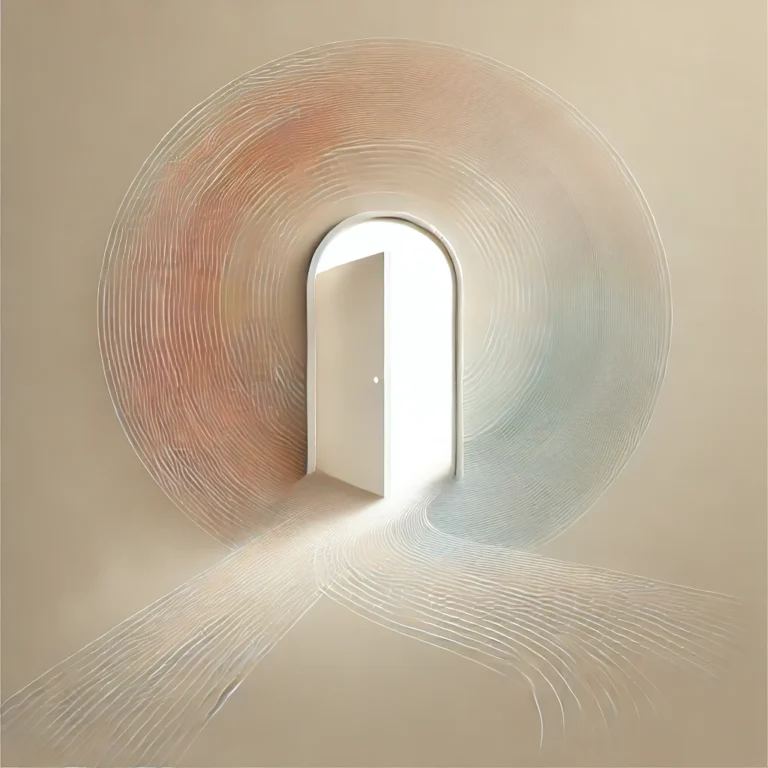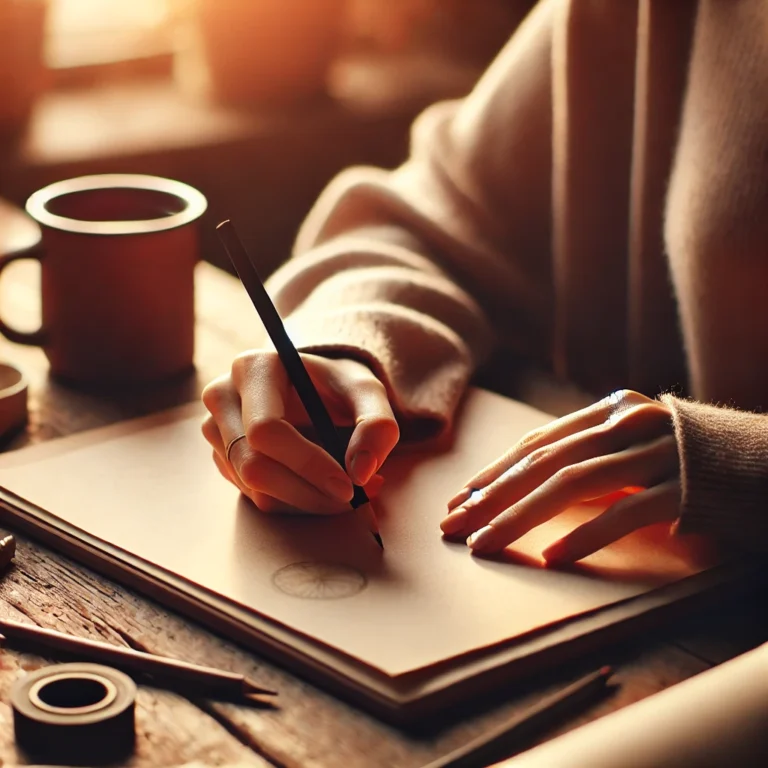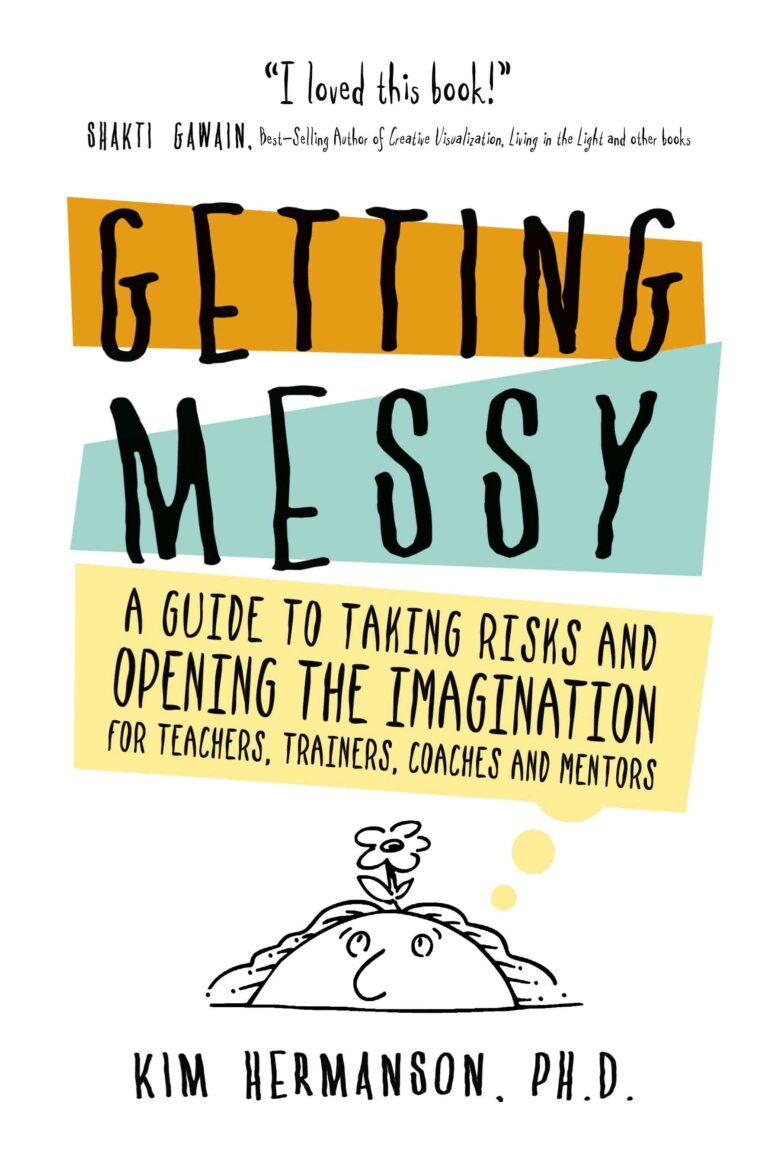The art of waiting: Reflections on patience, presence, and possibility

Nearly everyone I know right now seems to be “waiting.” We’re waiting for decisions to be made—waiting for leaders to act, for resolutions to come, for the world to shift. Whether it’s political transitions, economic recovery, climate action, or personal uncertainties, waiting seems to be the theme of our time.
But lately, I’ve been experiencing another level of waiting. It’s not the kind where you anticipate results or outcomes—it’s deeper, quieter, and far less comfortable. Robert Romanyshyn calls this “waiting at the abyss” in his book Ways of the Heart. He writes about the courage it takes to stand at the edge of the unknown, “as a witness, not a judge, for what asks to be seen and spoken.”
This kind of waiting isn’t passive—it’s active in the most profound sense. It’s about holding space, listening deeply, and allowing something new to emerge. T.S. Eliot expressed it beautifully:
“I said to my soul, be still, and wait without hope; for hope would be hope of the wrong thing; wait without love, for love would be love of the wrong thing; there is yet faith. But the faith, and the love, and the hope are all in the waiting. Wait without thought, for you are not ready for thought…”
These lines remind me that true waiting isn’t about passively biding time or anxiously anticipating what’s next. It’s about being empty, creating space for the unknown, and trusting that something meaningful will emerge in its own time.
The Transformative Power of Waiting
In my work with metaphor, creativity, and personal transformation, I often guide people through spaces of waiting—whether it’s waiting for clarity in their creative process or waiting for insights from their deeper selves. These spaces can feel uncomfortable, even terrifying, but they are also where the most profound growth happens.
To “wait at the abyss,” as Romanyshyn describes, is to be present with uncertainty. It requires us to step away from the need to fix, solve, or control and instead simply be with what is unfolding.
How to Embrace the Art of Waiting
If you find yourself in a season of waiting, here are a few practices that may help:
- Cultivate Stillness: Create quiet moments in your day to simply sit, breathe, and notice. Stillness creates space for insights to arise.
- Be a Witness: Approach waiting with curiosity instead of judgment. What is this moment asking you to see or learn?
- Let Go of Expectations: Release the need to predict or control outcomes. Trust that the waiting itself has purpose.
- Find the Faith in the Waiting: As T.S. Eliot suggests, faith isn’t about knowing what’s coming—it’s about trusting the process itself.
Waiting as a Creative Act
Waiting isn’t easy. It challenges us to surrender our usual patterns of doing and achieving. But it’s also an essential part of the creative process, a space where transformation begins. As I often say, creativity doesn’t come from forcing—it comes from allowing.
So, if you’re waiting right now—whether for clarity, change, or something unknown—know that you’re not alone. Trust the waiting, even when it feels empty. Something is always stirring beneath the surface.





